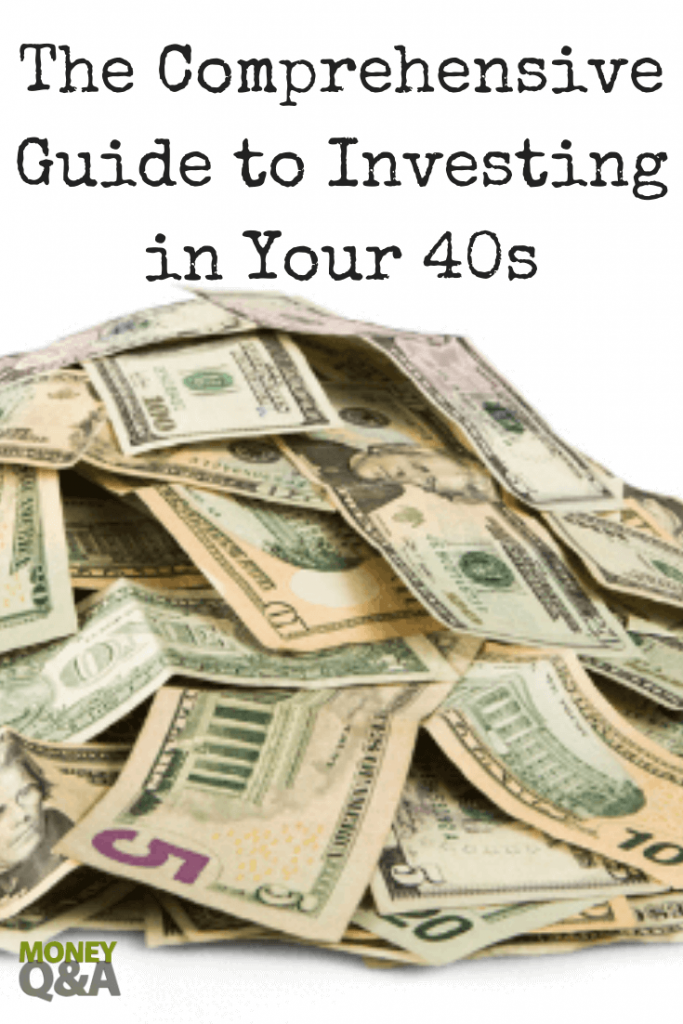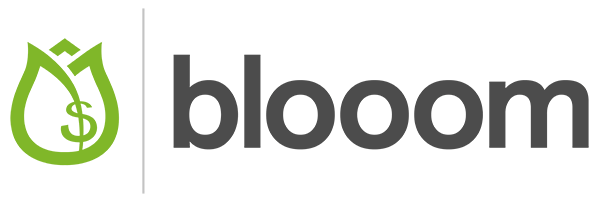
Investing in your 40s is like trying to stay on top of a surfboard while riding a wave. You’re no longer kicking, splashing, and floundering in the water as you might have in your 20s, and you’re likely enjoying much more stability now compared to your 30s. The “shore” (retirement) is within view, but you still need to work hard and be willing to adapt to changes in the “surf” (economy/workforce) to make it to shore without getting crushed by a wave of debt or despair like the others who didn’t plan for retirement years ago.
Investing in Your 40s
To stay afloat with your investment strategy, here are a few things to keep in mind while you’re investing in your 40s.
Set 1, 5, 10 and 20-Year Goals
This advice could apply to any age group, but a 40-something’s goals should be quite different than a 20-something’s financial goals. Once you’re mostly settled in your career, your financial concerns should be focused on maximizing your current and long-term stability, especially where retirement matters are concerned.
So how can you get the most out of your investment goals? By taking a PACT approach to clarifying and writing down your goals that are:
- Purposeful: personally meaningful to you
- Actionable: within your control
- Continuous: unhindered by “choice paralysis”
- Trackable: can you easily monitor your progress?
A PACT financial goal could involve contributing $300 more per month into your retirement fund on the first of each month (having dates and deadlines are particularly useful to ensure personal accountability). As a long-term goal, you should try to decide in your 40s (if you haven’t already) at what age you would like to retire, then figure out an investing in your 40s strategy for making that retirement goal a reality.
Perform a Comprehensive Retirement Assessment
Speaking of retirement: you’re getting close. Whereas 20- and 30-somethings may be wondering how they can get started with saving for retirement, if you’re investing in your 40s, you should be already in the trenches of aggressively saving as much as possible for retirement. Furthermore, there’s also the issue of figuring out whether you’re investing in the “right” retirement plans, which requires a bit of research, guidance from a professional, and an objective assessment of what options you have available.
To determine whether your current retirement savings strategy is sufficient for meeting those long-term retirement goals we just discussed, begin your comprehensive retirement assessment with the following questions:
- How much do I currently have saved across any/all of my retirement savings accounts?
- Am I getting the most value from my savings strategy in terms of what I’m investing in? Should I invest more/less into my employer’s 401K compared to my IRA?
- How much money do I think I’ll need to cover all living expenses (and potential healthcare bills) each year during retirement?
- When do I plan to retire and could I postpone it for an extra year or two, if need be?
- Is my investment portfolio adequately balanced for my aggressive/conservative investment goals and current age?
- Do I currently have health problems or a family history of health problems that could significantly impact my finances in old age?
- What more could I be doing to maximize my retirement savings right now? Is there anything I’m avoiding doing in regards to saving for retirement?
During the timeframe in which you’re analyzing your retirement planning and saving progress – a process that will likely take several weeks, if not months for most people – it would also be tremendously valuable to discuss any concerns you have with a qualified financial professional too. They can help you accurately assess your own reflections on retirement investing and potentially identify blind spots in your investment strategy that you didn’t previously notice.
One great resource to manage your 401k retirement plan is blooom. Let the experts at bloom take a free peek at your 401k. Get real advice on how it’s doing and how it could be performing better.
When you become a member, blooom then makes trades to optimize your account based on your goals. Blooom can manage your 401k, 401a, 403b, 457, or Thrift Savings Plan (TSP). Be sure to read my review of blooom.
Get Out of Debt Once and For All
Debt represents an opportunity cost. Every $1 you pay towards debt repayments is another $1 you won’t have working hard for you in an investment portfolio (not to mention how interest makes everything much more expensive over the long run if you don’t pay it off promptly). For this reason, repaying debt should be a major consideration for any 40-something investor who isn’t debt-free yet by this time in their lives.
Whether you’ve been in debt throughout your life or you’ve been in and out of it, for the most part, your 40s is a great time to get out of debt 100% and stay out of debt for good. Getting out of debt will help you for investing in your 40s. While paying off an entire mortgage during this time would be extremely optimistic for many folks, student loans, credit cards, auto loans, and other debts are holding you back from fulfilling your financial potential and, thus, should be eliminated.
You can efficiently get out of debt by following either the snowball or avalanche method of repayments. The snowball method involves paying off the smallest debts first to give yourself small victories (linked to increased motivation to stick to an activity/goal). In contrast, the avalanche method tackles the highest-interest debts first to minimize money wasted on interest payments. There’s no universal debt repayment strategy that works well for everyone but remember: the true challenge is just getting started in the first place.
Temporary financial struggles are a part of life, but they should (hopefully) be growing less intense and frequent as you progress in your career and make more money than you did as a 20- or 30-something. By staying focused on your financial goals, prioritizing retirement savings, and eliminating the ball-and-chain of debt, you’ll be in a great position going into what could be the last decade of your working life.
If you’re looking for places to keep traditional investment accounts, you might want to check out investing with M1 Finance, Robinhood, Betterment, or Stash Invest.
M1 Finance simplifies the investment process for beginning and experienced investors alike. M1 Finance does not charge a fee per trade, and it gives you the option of taking more control over your investments if you want them (and less if you don’t). M1 Finance is great for buy and hold investors.


